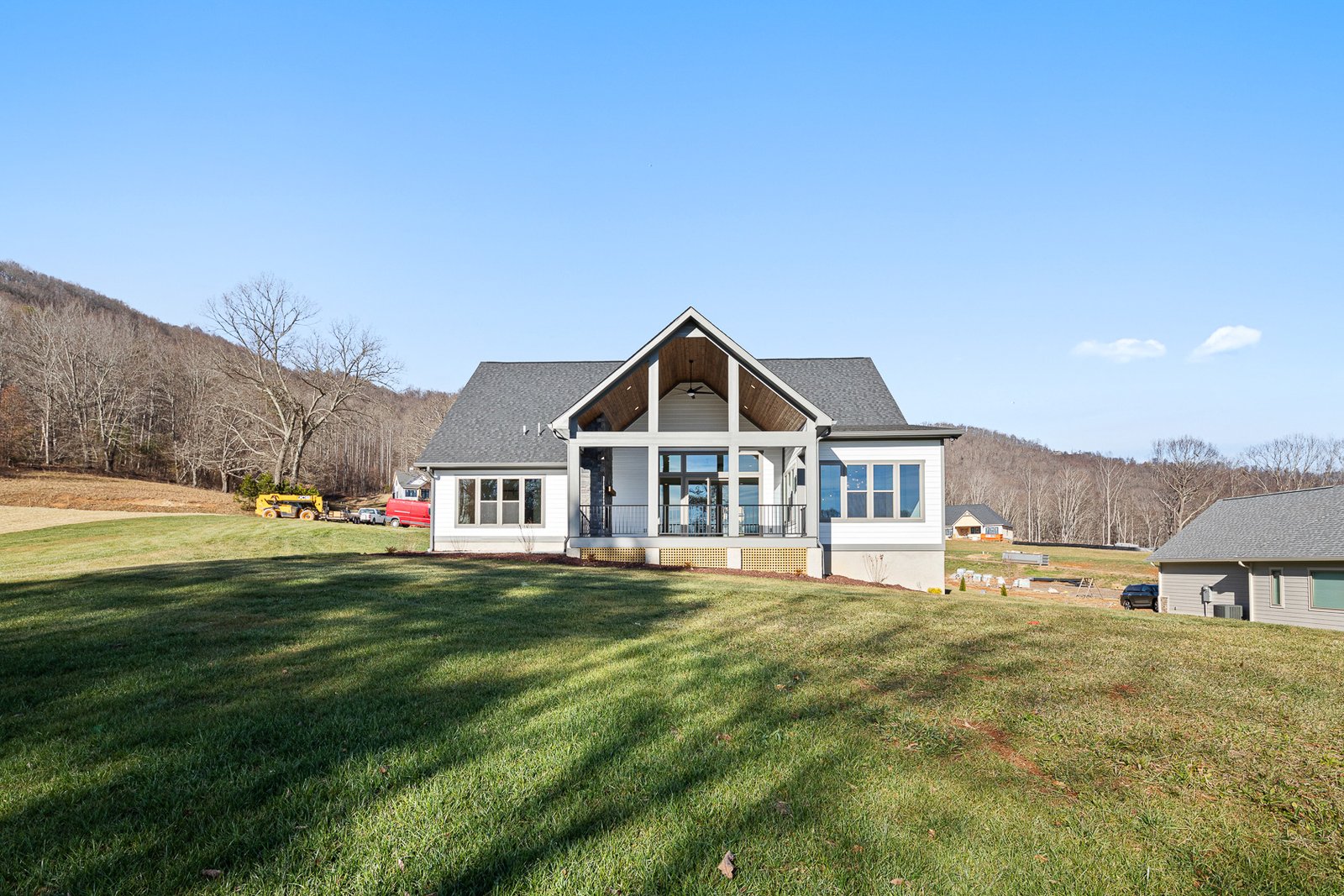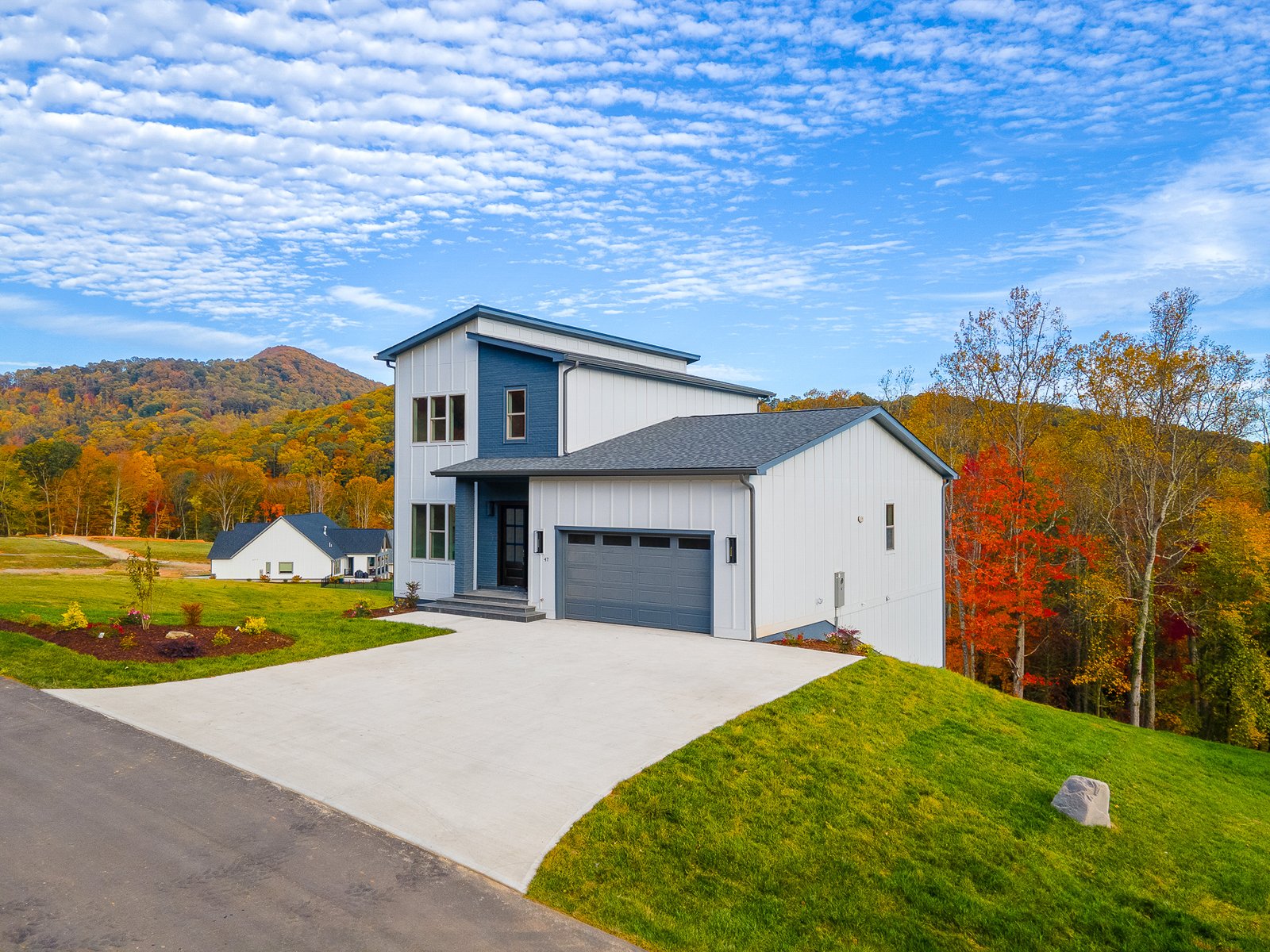In today’s ever-changing world, the flexibility of a home’s design is more important than ever. A flexible house plan can adapt to the evolving needs of its occupants, offering practical solutions for both current and future lifestyles. At Big Hills House Plans, we design House Plans that are not only elegant and sophisticated but also adaptable to meet the diverse needs of homeowners. Here’s a closer look at the benefits of incorporating flexibility into your home design.
Adaptability to Life Changes
Meeting Changing Family Needs
A flexible house plan is designed to accommodate changes in family structure over time. Whether it’s the arrival of a new child, a family member moving in, or children leaving the nest, adaptable spaces can be reconfigured to suit these changing needs without the necessity for costly renovations.
Multi-Functional Spaces
Modern House Plans often include rooms that can serve multiple purposes. A home office can double as a guest room, a children’s playroom can be transformed into a study or craft room, and formal dining areas can serve as workspace when not hosting meals. These multi-functional spaces ensure that every square foot of your home is utilized effectively.
Economic Efficiency
Cost-Effectiveness
Building or renovating a home to have a flexible house plan can be more cost-effective in the long run. By avoiding future renovations needed to adapt to lifestyle changes, homeowners can save significantly. Flexible designs allow for easier and cheaper modifications as compared to more rigid, traditional layouts.
Increased Property Value
Homes with flexible house plans are appealing to a broader range of buyers, which can significantly increase the property’s resale value. The ability to market a home that can easily be adapted to suit the needs of any family is a strong selling point.
Enhanced Sociability and Cohesion
Open Layouts
Many flexible House Plans feature open layouts that enhance the flow of communication and social interaction within the home. These spaces make it easier to keep an eye on children while cooking or to entertain guests, creating a more sociable and inclusive environment.
Space for Gatherings
Flexible house plans often include options for indoor-outdoor living, such as collapsible walls or large sliding doors, which can open up spaces for larger gatherings. This adaptability is perfect for entertaining and can make your home the hub of social events and family reunions.
Improved Functionality and Comfort
Tailoring Spaces to Current Needs
A flexible house plan allows homeowners to tailor spaces to their immediate needs without permanent alterations. For instance, temporary dividers can create private workspaces when needed, or furniture on casters can be moved to reconfigure a room for different functions.
Accessibility
Designing a flexible home often involves considering accessibility, which can benefit all ages and mobility levels. Features like wider hallways, fewer steps, and adaptable bathrooms make the home more comfortable for everyone, from young children to elderly relatives.
Conclusion
Choosing a flexible house plan for your new home offers numerous benefits, from adaptability and economic efficiency to enhanced sociability and comfort. At Big Hills House Plans, we specialize in creating House Plans that cater to the dynamic needs of modern families, ensuring that your home is not just a place to live, but a space that evolves with you. Visit our site today to explore how our flexible designs can fulfill your housing dreams.


